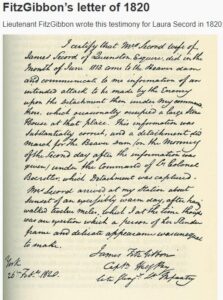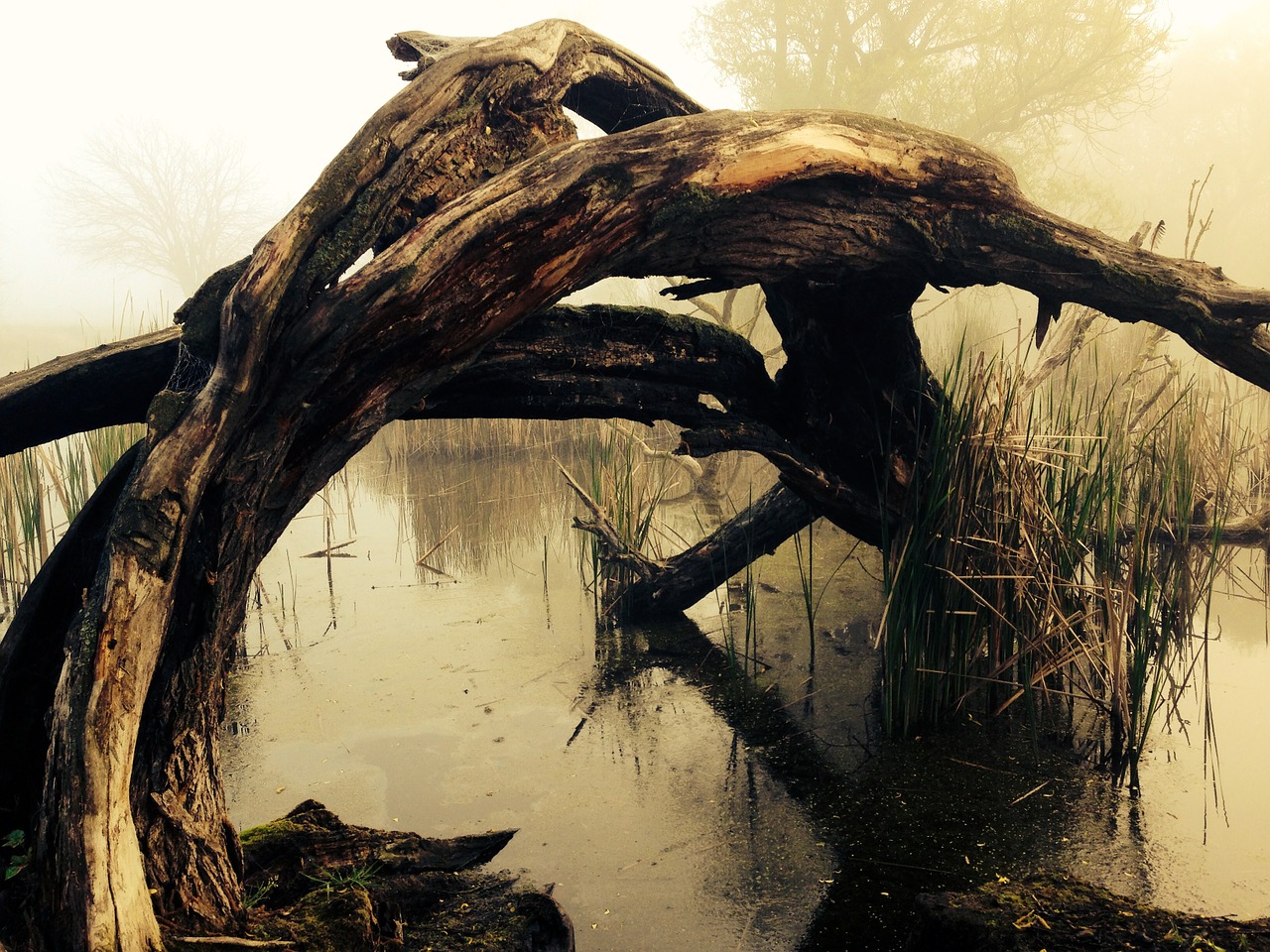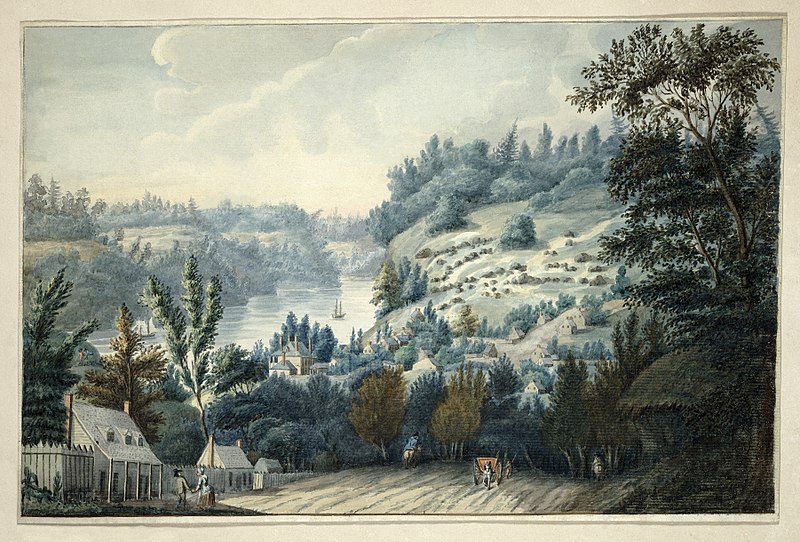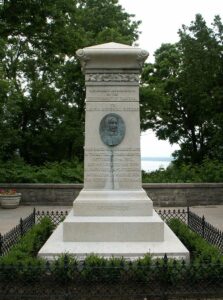One such loyalist, Thomas Ingersoll, fought on the side of the rebels. His family lived in Massachusetts, but eventually decided that it was time to move the family somewhere more amenable to his political leanings. In 1795, the family immigrated to Uppper Canada, obtaining a township grant there as many loyalists did, and looking to make a new life and protect the commonwealth from the increasingly aggressive Americans.
There were many parties brewing into further conflict – the British and Americans were playing a bloody tug-of-war back and forth for several territories, the Canadians were working to defend themselves from any potential invasions, and the Metis and First Nations groups that had allied themselves with the various players were also heavily involved and held a major role in the outcomes of many skirmishes and battles.
Thomas Ingersoll had a daughter, Laura, who was born September 13th, 1775 in Massachusetts, and had moved with the family to the Queenston area of Canada. In 1779 Thomas moved his family to the Queenston area of Canada and not long after Laura married James Secord. James Secord was the descendant of a wealthy Hugenot family, but was not himself wealthy. He had been raised in a refugee camp during the war of Independance, and certainly knew nothing of the life of wealth or French courts. His life was one of humility and hard work, and he and Laura settled down to make a life for themselves. James became a shopkeeper in Queenston, while his wife Laura took care of their 7 children. With James working and Laura busy being a homemaker, it must have felt like their lives were on a good path.
in 1812, their brief idylic peace was broken when war broke out. The Americans were making strong and aggressive moves against the British, and the possibility of them invading Canada was very real. Skirmishes along key areas were breaking out with more intensity and frequency. James felt the call of duty to protect his family and his new country, and he enlisted to join the First Lincoln Militia.
The First Lincoln Militia was led by Major-General Sir Issac Brock. Brock was a British army officer who came to Canada in 1802 to lead a different regiment. By 1811, he had worked his way up the ranks to earn a promotion to Major General. When the Lieutentant Governer was unavailable or absent, Sir Brock served as the military commander and administrator of the whole of Upper Canada. He put a lot of stock in Britain’s Indigenous allies, and on August 16, 1812, he led his forces, along with the help of famous chief Tecumseh, and successful took Fort Detroit.
A key battle under Sir Issac Brock happened at Queenston on October 13, 1812. James Secord was present for this battle, fighting with his regiment against the American invaders. Sometime during the battle, American snipers managed to spot Brock, and he was unfortunately killed. This did not stop the coalition from fighting, and the Britich, Canadians, and their First Nations and Metis allies bravely fought back American forces to victory, accepting the surrender of over 1000 American troops.
James Secord was in the thick of the battle, and was badly injured on the battlefield, taking a shot through the shoulder and suffering a shattered knee. He must have thought that he had met his end, as the bloody battlefield raged around him and nobody could stop to help amidst the heat of battle. Laura, on hearing the news that the battle had occured but no news of her husband must have been frantic to find out his fate. Instead of waiting like many of the women would have to hear the news, she set off to the bloody aftermath to look for her husband.
It can barely be imagined, the scene that must have greeted Laura as she entered the theatre of the battle. Bodies piled, bloody and full of gore, in pain and anguish, begging for help. Scavengers already working on the corpses, unable to resist the temptation of the bounty of carrion before them. She must have scanned every face with trepidation and fear, washed with slight relief as the bodies laying dead were not those of her husband. After much searching, and certainly much anguish and fear, she found her husband, horribly wounded and unable to remove himself from the battlefield. What a woman Laura must have been to subject herself to this terror for the love of her husband. What’s more, she carried her husband all the way home from the field of battle, a woman who was said to have been small in stature, and immediately started his care on the road to recovery.
In the summer of 1813, through more back and forth skirmishes and short occupations, it happened that American troops were occupying parts of the Niagara penninsula, including Queenston. They had a habit of billeting their troops in the homes of locals, the locals not really having a choice in the matter, and being forced to serve their occupiers needs. The Secords with their full and already busy household, were tasked with billeting three American officers. These officers may have been guarded at first, but Laura’s gentle care soon disarmed them and they felt more and more free to speak in the company of the household.
One evening, one of these officers was overheard discussing with his compatriots his intention to eliminate James Fitzgibbon, a British soldier who had made quite a name for himself harassing American troops. The Americans had decided to rid themself of him once and for all, planning to eliminate him with a surprise attack on his headquarters near Beaver Dams. Laura Secord, being a patriot and a brave woman, knew that something must be done to stop the attack. She know that Fitzgibbon and his men could literally be the difference between winning the war and losing it, and was determined to warn him. Her husband must have been proud of her as she left their 7 children in his care, despite his own infirmities, and set out to warn Fitzgibbons of the American danger.
It was the morning of June 22, 1813 when Laura bravely set out on a 30 kilometre trek to thwart the Americans. It must have been absolutely brutal going for her, through swamps, fields, forests, all the while avoiding American troops, predators, and other traps and dangers of the wilderness. For 18 hours, she forged her way through the unbroken frontier, desperate to get her vital news into the hands of her people.
Finally, after hours of struggle and exhaustion, feet bleeding and blistered, she came to a clearing in the woods that had a Caughnawaga encampment. She wasn’t sure if they were allies or not, but her exhaustion and desperation likely made her brave, so she told the Natives news of the impending attack and begged to be taken to Fitzgibbons. The Caughnawaga at first believed that Laura was an American spy – once she convinced them that she was not, they listened to what she was trying to tell them. Thankfully they were allies of the British and immediately recognized the importance of her information. The Caughnawaga then escorted Laura to the home of Captain John Decou, located in the town that is now known as Thorold.
Laura delivered her message, and immedately submitted to the needs of her tired and battered body, falling immediately asleep. Unsurprisingly, she slept very long and deeply, it must have been the sleep of the near-dead. When she opened her eyes, she was greeted with glad news. Her warning had WORKED! She had thwarted the American’s efforts to cut off Fitzgibbons, and an American force of over 600 soldiers had been soundly defeated in what later became known as the battle of Beaver Dams.
Interestingly, and rather unfortunately, there was no mention made in any official reports or documentation about Laura’s warning and it’s contribution to the win at Beaver Dams that day. Laura and her husband fell back into the routine of obscurity, and unfortunately, poverty. James was still disabled, and they lived hand-to-mouth until he was granted a small war service pension in 1828 from the British in an attempt to compensate him for his disability. Later, James worked as a collector of customs at Chippawa, he died in 1841.
Laura, still the determined and motivated woman she’d always been, did not let the death of her husband hold her back. Although she was poor, she opened a private school in her cottage on the banks of the Chippawa River to help educate the chidlren of Chippawa Natives. She did so with no outside support for a very long time, but was still struggling to keep the doors open. Eventually she petitioned the government for support, citing her service to her country as a factor in her reasoning for recieving the grant. James Fitzgibbons, not forgetting what she had done in service to her country, wrote a letter to help support her petition. He wrote:
 “I certify that Mrs. Secord, wife of James Secord of Queenston, Esquire, did in the month of June 1813 come to the Beaver dam and communicate to me information of an intended attack to be made by the Enemy upon the Detachment then under my command, Here, which occasionally occupied a large Stone House at that place. This information was Substantially correct, and a detachment did march for the Beaver Dam/ on the Morning of the Second day after the information was given/ under the Command of Lieut Colonel Boerstler, which Detachment was captured. Mrs. Secord arrived at my Station about Sunset of an exceptionally warm day, after having walked twelve miles, which I at the time thought was an expedition which a person of her Slender frame and delicate appearance was unequal to make.”
“I certify that Mrs. Secord, wife of James Secord of Queenston, Esquire, did in the month of June 1813 come to the Beaver dam and communicate to me information of an intended attack to be made by the Enemy upon the Detachment then under my command, Here, which occasionally occupied a large Stone House at that place. This information was Substantially correct, and a detachment did march for the Beaver Dam/ on the Morning of the Second day after the information was given/ under the Command of Lieut Colonel Boerstler, which Detachment was captured. Mrs. Secord arrived at my Station about Sunset of an exceptionally warm day, after having walked twelve miles, which I at the time thought was an expedition which a person of her Slender frame and delicate appearance was unequal to make.”
Despite the strong support of Fitzgibbons, her appeal was denied. She tried again later one, and once again Fitzgibbbons supported her claims. His second letter states:
“I do hereby Certify that on the 22d. day of June 1813, Mrs. Secord, Wife of James Secord, Esqr. then of St. David’s, came to me at the Beaver Dam after Sun Set, having come from her house at St. David’s by a circuitous route a distance of twelve miles, and informed me that her Husband had learnt from an American officer the preceding night that a Detachment from the American Army then in Fort George would be sent out on the following morning (the 23d.) for the purpose of Surprising and capturing a Detachment of the 49th Regt. then at Beaver Dam under my Command. In Consequence of this information, I placed the Indians under Norton together with my own Detachment in a Situation to intercept the American Detachment and we occupied it during the night of the 22d. – but the Enemy did not come until the morning of the 24th when his Detachment was captured. Colonel Boerstler, their commander, in a conversation with me confirmed fully the information communicated to me by Mrs. Secord and accounted for the attempt not having been made on the 23rd. as at first intended”. Once again, her petition was rejected, but she must have felt some thankfulness for Fitzgibbon’s wholehearted validation of her valiant efforts for the war.
More years passed, and news came in 1860 that the Prince of Wales, future King Edward VII of England was visitng Canada to help dedicate the cornerstorn of the first Parliment buildings. At this time, Laura Secord was 85 years old, but it’s obvious that her advanced years had not quelled one iota of her spirit. She presented herself at the Office of the Clerk of Peace in Niagara and demanded that she be allowed to sign the Prince’s address. She had local media and community support, as many knew of her brave deeds and respected her for it. It was said that she was more brave than even many of the soldiers who fought in the war. With the support of everyone around her, Laura was given the opportunity to suppliment the addresss to the Prince with her very own account of her harrowing tale. She was the only woman who was honoured among the other Veterans of the 1812 war.
Moved by her story, upon returning to England, the Prince extended a hand of kindness to Laura Secord by sending her 100 pounds of gold. It would have been a princely price, and was the only monetary compensation Laura ever recieved for all of her brave service. However, her acclaim and fame would continue to grow, and monuments were erected in her name, and a school was even named in her honour.
No matter what she had been through, Laura was a survivor to the end, living far beyond the years of many of her contemporaries. She died at the ripe age of 93, and was buried beside her husband in Niagara Falls.
Many Canadians are intimately aware of the name Laura Secord; not for her incredible feats of selflessness and bravery, but for a choclatiery that is a household name across the country. Some may even think she started it herself, or that her family somehow had a hand in it. However, the Laura Secord brand of chocolates was actually started in 1913 by a man named Frank P. O’Conner. Although he had no relation to the Secords, he was moved by Laura’s bravery and patriotism, and named his shop in her honour.
Laura Secord was not only a heroine to the British and Canadians, but was a champion of First Nations children and an inspiration for all. Her bravery saved the lives of many, British, Canadian, Metis, and First Nations alike, and she has earned her place in the annals of history from sheer grit and determination.
Bibliography:
http://www.thecanadianencyclopedia.ca/en/article/laura-secord/
https://www.laurasecord.ca/en/pages/history
http://www.biographi.ca/en/bio/ingersoll_laura_9E.html
https://www.thestar.com/news/insight/2013/06/23/war_of_1812_laura_secords_brave_walk_in_the_woods.html
https://myhero.com/LSecord_LC_WHDay_CA_07_ul
https://ww.canadianaconnection.com/2009/10/laura-secord
http://www.uppercanadahistory.ca/1812/18127.html
https://en.wikipedia.org/wiki/War_of_1812
http://www.thecanadianencyclopedia.ca/en/exhibit/war-of-1812/
https://www.warmuseum.ca/war-of-1812/
https://www.canada.ca/en/services/defence/caf/militaryhistory/wars-operations/1812/laura-secord.html
http://www.niagarahistorical.museum/media/TheLincolnMilitia-fromtheNHSCollection.pdf
https://www.wikitree.com/wiki/Space:War_of_1812_Upper_Canada
http://www.thecanadianencyclopedia.ca/en/article/james-fitzgibbon/
http://images.ourontario.ca/1812/72998/image/185109




